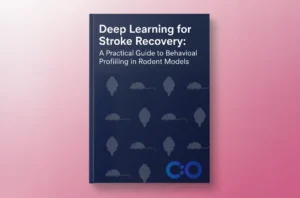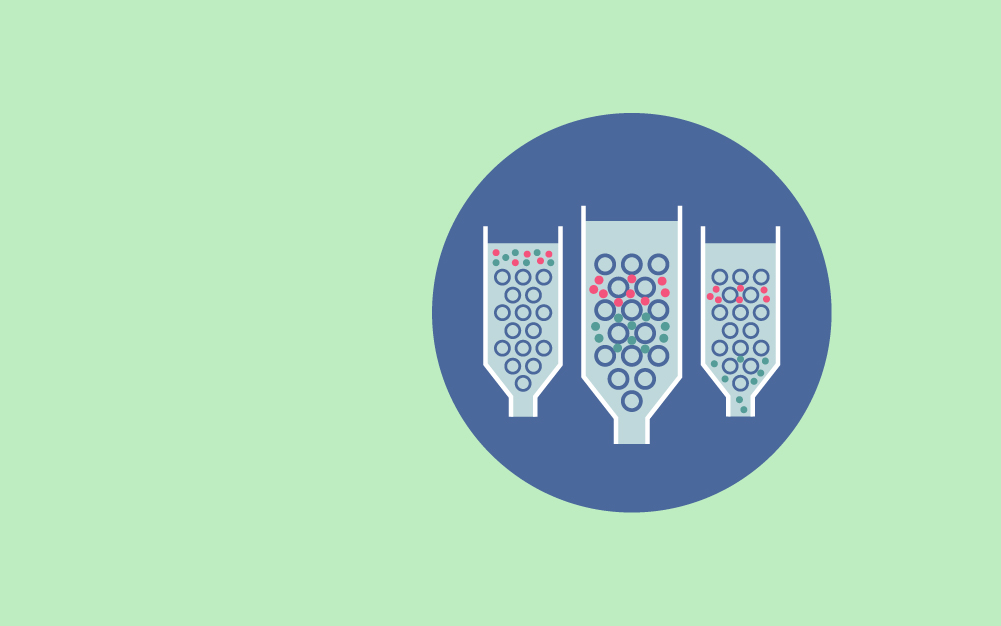

To find out the inorganic phosphate in a protein-containing liquid biological sample an aqueous reagent comprises an acid. This acid is capable of reacting with the molybdate salt to form molybdic acid for complexation with phosphate to form phosphomolybdate complexes, a molybdate salt, a nonionic surfactant reagent in an amount sufficient to further inhibit turbidity in the sample, and a ferric salt in an amount sufficient to inhibit turbidity in the sample.
(Important! Do not use ammonium molybdate!)
Step 1:
Put 1.5 ml of Soln. B and 2.0 ml of Soln. C into phosphate-free test tubes. The sample, which should contain no more than 100 nmoles phosphates, is mixed with an equal volume of Soln. A.
Step 2:
To the above mixture of B and C give 0.5 ml of this mixture. For about 30 seconds, shake the obtained mixture vigorously and then spin in a centrifuge for a short period to separate the phases. The extraction should be done at 0 ◦C or below to avoid the decomposition of labile organic phosphates.
The molybdatophosphate complex is removed and read at 725 nm against a blank which remains in the organic phase. Standards are made in the range of 5–100 nmoles phosphate per 0.5 ml to calculate the data.
Wastewater is relatively rich in phosphorus compounds. Phosphorus is a nutrient used by organisms for growth. It occurs in wastewater and natural water bound to oxygen to form phosphates. Phosphates come from a variety of sources including agricultural fertilizers, domestic wastewater, detergents, industrial process wastes, and geological formations.
The discharge of wastewater containing phosphorus may lead to the growth of algae in quantities sufficient to cause odor problems in drinking water supplies, and affect its taste. Decaying and dead algae can cause oxygen depletion problems which in turn can kill aquatic organisms in streams along with the fishes. Phosphates are classified as organic phosphates, polyphosphates, and orthophosphates. By colorimetric analysis, orthophosphates can be determined directly in this procedure. Other types require a digestion step to convert the “combined” phosphate to the ortho form for analysis. A digestion step is required in other types to convert the “combined” phosphate to the ortho form for analysis. This gives the Total Phosphorus result.
Ashing (Step 1)
If phosphate is at least partially covalently bound, ashing must be done as, for example, in nucleotides, phosphoproteins or nucleic acids. To 1–2 ml of aqueous sample, add 0.2 ml of conc. sulfuric acid. At about 130 ◦C, concentrate the liquid carefully in a hood and then heat to 280 ◦C until white fog appears.
Add one to two drops of conc. nitric acid after cooling and heat again until nitrous gases are visible. Add 2 ml of Soln. D after cooling and boil the solution for a short period. After that, fill up to 5.0 ml with ddH2O.
Determination (Step 2)
Mix 2.0 ml of the sample solution after digestion or sample in Soln. A with Soln. E and F. Incubate in the dark at 37 ◦C for 1.5–2 h and close the test tubes.
After the incubation, read samples, blank, and standards at 750 nm. The standard curve should be made in the range of 50–350 nmoles phosphate.
Data can be calculated by:
100 nmoles phosphate = 9.497 µg PO4 = 3.097 µg P
In one-dimensional thin-layer chromatography, two efficient solvent systems are described for the separation of lysophospholipids and phospholipids. For separation of 10 phospholipids, suitable chloroform–methanol-acetic acid–acetone-water solvent system (35:25:4:14:2, v/v) was found using a silica gel G plate. Chloroform–methanol–28% aqueous ammonia solvent system (65:35:8, v/v) also provided a clear separation of major phospholipids and their lyso forms.
Step 1:
With 80 µl ddH2O wet the lyophilized sample. Add 300 µl of Soln. After that and homogenize the sample with a glass-Teflon homogenization. Centrifuge the mixture for phase separation after the addition of 100 µl chloroform. Repeat this extraction three to four times.
Step 2:
Vaporize the organic solvents in a nitrogen stream after combining the organic phases. The remaining solvent is removed in a vacuum.
Use the dry residue for phosphate determination and digestion as described in the determination of Total Phosphate.
Data can be calculated by:
1 nmoles phosphate ≈ 85 ng phospholipid; 1 µg phosphate ≈ 8.3 µg phospholipid with an average Mr of 800.
Monosaccharides are water-soluble crystalline compounds. They are aliphatic ketones or aldehydes which contain one or more hydroxyl groups and one carbonyl group. Most natural monosaccharides have either five (pentoses) or six (hexoses) carbon atoms. Commonly occurring hexoses in foods are galactose, glucose, and fructose, while commonly occurring pentoses are xylose and arabinose. The reactive centers of monosaccharides are the carbonyl and hydroxyl groups.
To find out the total carbohydrates in a sample, the phenol-sulfuric acid method is a simple and rapid colorimetric method. The method detects nearly all classes of carbohydrates, including mono-, di-, oligo-, and polysaccharides. The absorptivity of the different carbohydrates varies although the method detects almost all carbohydrates. Thus, the results must be expressed arbitrarily in terms of one carbohydrate unless a sample is known to contain only 1 carbohydrate. The concentrated sulfuric acid breaks down any disaccharides, oligosaccharides, and polysaccharides into monosaccharides in this method. Hexoses (6-carbon compounds) are then dehydrated to hydroxymethylfurfural and pentoses (5-carbon compounds) to furfural. These compounds reacting with phenol produce a yellow-gold color. The standard curve for the assay for products that are very high in xylose (a pentose) is created using Xylose, and the absorption can be measured at 480 nm. Glucose is mostly used to create the standard curve for products that are high in hexose sugars, and the absorption is measured at 490 nm. The method’s accuracy is within ±2% under proper conditions, and the color for this reaction is stable for several hours.
The quantitative determinations of the monosaccharides ribose and deoxyribose have been explained in the quantitative determination of Nucleic Acids. The following protocol is useful for all monosaccharides.
Step 1:
Into a centrifuge tube give 1.0 ml of the monosaccharide-containing solution (10–70 µg of saccharide) and mix with 20 µl of Soln. A.
Step 2:
Onto the surface of the liquid (caution, corrosive!) add 2.5 ml of conc. sulfuric acid, then cool for 10 m in and keep at 25–30 ◦C for 10–20 min.
After an additional 30 min at RT (mixture in step 2), read the absorption (hexoses) at 490 nm and pentoses at 480 nm. From the appropriate monosaccharide dissolved in water, the standard curve is made.
Most of the quantitative methods have only a relatively small linear correlation between measuring signal and amount. As far as the used standards cover this range, interpolation between standard and sample is possible. If extrapolations are used attention should be paid to them because especially in the higher range the standard curve becomes flat followed by unacceptable mistakes in calculated values.
Since interactions occur between chromophores and other molecules6, therefore, the Beer-Lambert law often is not valid at higher concentrations. Observance of this effect is visible in the reading of proteins in the UV. The solvent may influence the absorbance too, because, for example, some of the aromatic amino acid residues are buried within the hydrophobic core of the molecule and become exposed during the unfolding of the protein when the composition of the solvent is changed, or the protein is denatured by dilution.
If you are sure that the Beer-Lambert law is fulfilled and a linear correlation between signal and amount is approximately given, the amount of analyte may be calculated by a simple equation:
QU = MU − MB · QS
MS − MB
Where:
Q: quantity or concentration;
M: analytical signal;
U: unknown (sample);
S: standard;
B: blank.
It is recommended to run each test with appropriate controls since an unknown set of circumstances influences most of the analytical methods. Blank is the most important control, i.e., the assay containing all components with the exception of the analyte. To get a rational mean and to detect false values it is recommended to run each sample in triplicate.
